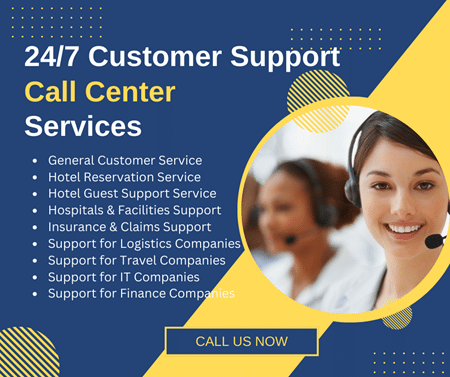Offshoring isn’t just for big companies. It’s good for almost every company. So why aren’t more small and mid-size companies engaging offshore contact centers? One reason is money. Many small and mid-size companies don’t think they can afford it. So they dismiss the idea out of hand. But savvy managers can find the money to achieve this success. It all comes down to planning and using existing resources wisely.
If you don’t think you can afford to outsource tech support or customer service, read below.
The 8 steps discussed there can help you find the money even when things are tight.
1. Determine Your Key Competency
Every company has a core mission. It’s the reason it exists. The mission is usually based on the company’s key competency—the thing it does better than anyone else. Honda’s competency, for example, is building motors.
Make sure key employees are assigned to activities supporting your competency. Activities not supporting it are ripe for external vendors. Create a list of these activities.
2. Prioritize Non-Supporting Projects
This step follows naturally from the first. Once you’ve isolated non-supporting projects, review them carefully. You may be able to assign some to employees with the right skills.
Those activities you can’t assign and are not essential to your core competency can be contracted to an external agency. Prioritize these projects. Then determine what it will take to successfully migrate these projects.
3. Identify Non-Supporting Hours/Money
Once you’ve prioritized the non-supporting tasks, calculate the time employees devote to them. Use an hourly wage. Separate the time and money into individual projects. Now identify money you can save by pushing these tasks to an external competent company.
4. Create A Budget For Offshore Contact Center
In addition to identifying money, you can save from contracting, look for extra money you can use—money not needed for other essential projects. Be careful not to take money from key projects.
Look for money not being used in other projects, surplus project money, and money from canceled projects. And don’t forget about the money you may be able to generate through added sales or services.
5. Focus On One Project
It’s hard to migrate all your projects simultaneously and save money—especially if you’re new to the game. So focus on one project at a time. Make sure it’s a high-priority target. Doing things slowly helps eliminate mistakes.
Look for a project that can provide immediate benefits. That way upper management can quickly see the results from the project. If it’s tech support, customer satisfaction will be key. Increasing that can dramatically boost revenues.
6. Assign A Cost To A Project
Assign one person to manage the project and select the offshore technical support provider. Make sure the person is aware of the cost when selecting a provider. Keep money aside for training, materials, and “hidden costs.
7. Keep Tabs On Costs
Once the project starts, keep tight reigns on it. Make sure the manager assigned to lead the projects communicates regularly regarding costs. How you do it is up to you—e-mail, Skype, or in person. Just make sure you do it.
8. Advocate On-Time Delivery To Your Offshore Contact Center
Allowing a provider to operate without a time limit spells trouble. So when hiring a provider, make sure it has a set schedule with deadlines.
Doing something you’re not proficient at and/or don’t have the skills for can cost a company millions.
Externally managing these activities can save your company time and money and can free employees to focus on more essential tasks. This in turn can increase customer satisfaction. And that can boost the bottom line.
“Experience the expertise of our outsourcing help desk company, dedicated to delivering top-notch tech support solutions for small and medium-size companies. Reach out to our sales team and request a quote today.”







